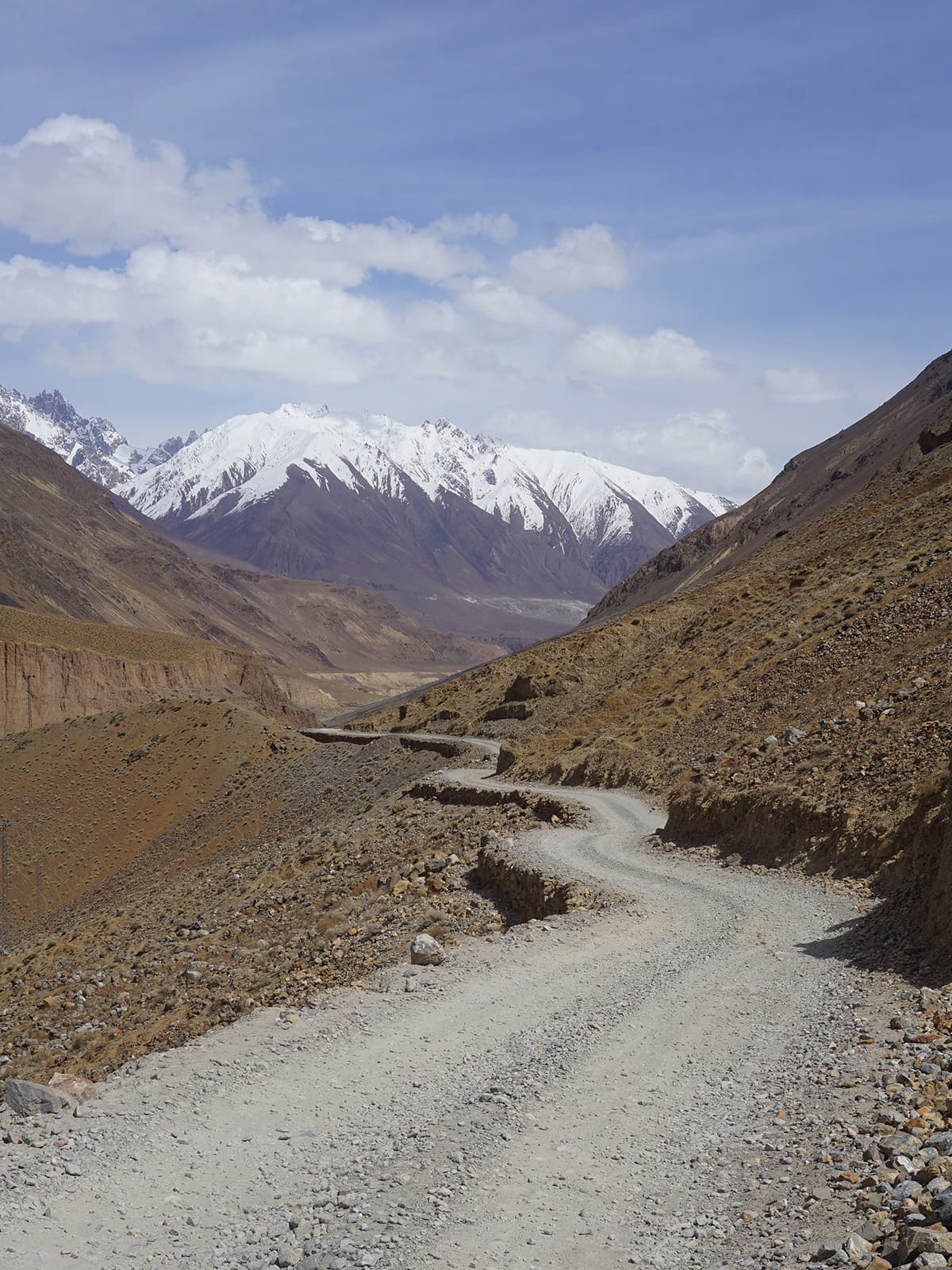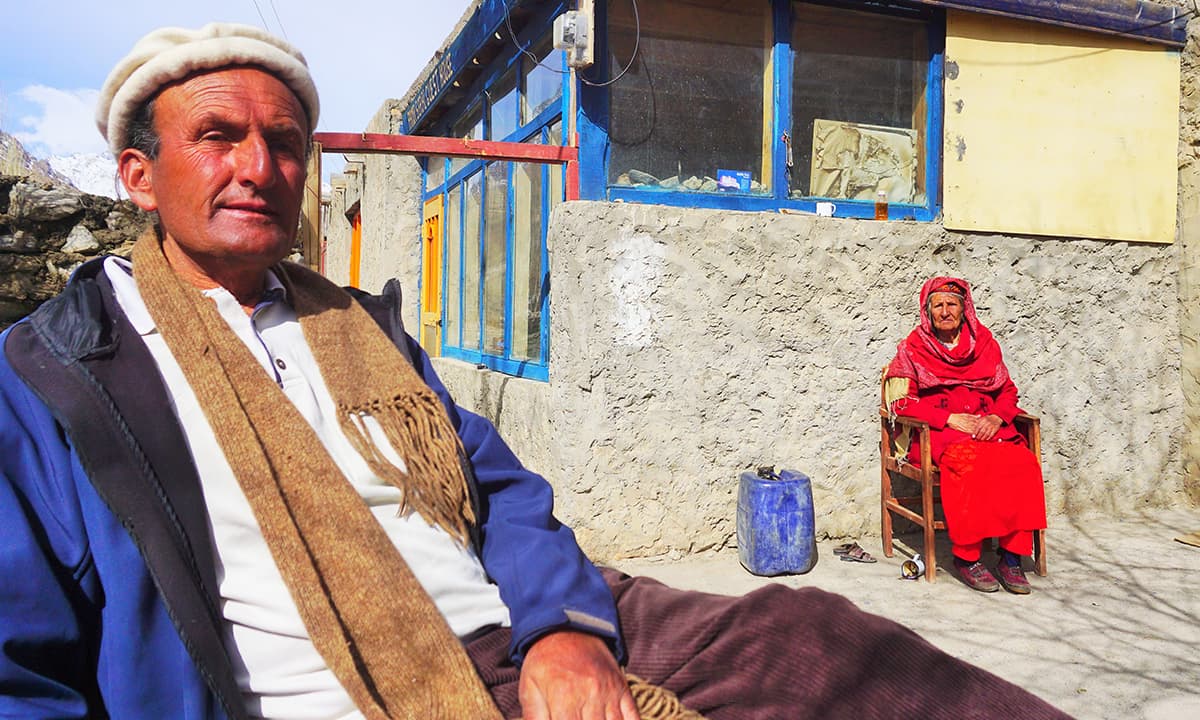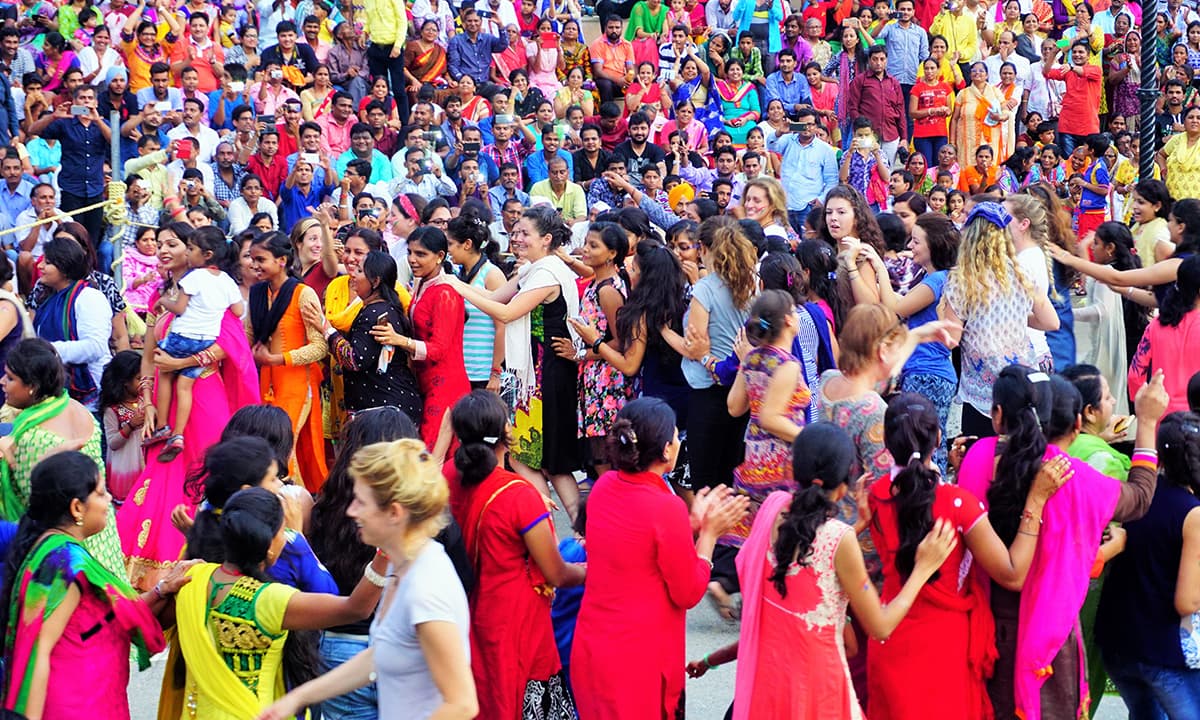
All my years of travelling and wandering on a bicycle through different countries and regions since 2013 have turned me into a nomad — a citizen of nowhere and everywhere at once. I see border crossings as solitary places stranded between two countries; neither here nor there — an emblem of myself.
When crossing a border, I come across stories of rootedness and displacement, belonging and alienation. Hearing an echo of my own life, I feel like I am standing at the edge of two different worlds. Why borders resonate so strongly inside me may have something to do with where I come from.
I was born in Spain in a village on the border with Portugal and grew up in the Swiss city of Geneva that borders France. My adolescent years were a time when European Union’s member states were allowing their inhabitants free movement across their national borders. This is how my perception of borders was formed, giving me an early awareness of ‘the Other’, of those living on the other side of an invisible line on the land.

When I started my overland journey, I had little idea about the impersonal and bureaucratic purpose of the borders: they indicate what kind of agreements regulate the flow of transport, goods and people between different countries. The ease or difficulty to pass through a border can help you find out the state of relationship between your country and the country you are travelling to. Borders also show whether two neighbouring states are close to each other or whether they have bilateral tensions or mutual fears.
Borders work differently in different places and for different people. Some are heavily fortified and fenced frontiers. Others offer unrestricted passage. Still others are open for local inhabitants but are controlled, even closed, for the movement of foreigners. Passport holders of a few powerful nations trot the globe with effortless ease. On the other hand, a vast majority from other countries faces massive barriers to its entry into other countries.
Borders may be losing significance because money, goods and services can move across countries with the push of a button in the globalised economy of today. Yet their importance is increasing as more barriers are being created to keep out migrants and refugees forced out of their homelands.

Pakistan has a complex relationship with its borders. Once during a conversation with a young Kashmiri man about the conflict between India and Pakistan, I reluctantly expressed the opinion that the Partition and the subsequent sense of loss have a stronger impact on people’s hearts and minds in the latter than in the former. He instantly responded by saying that this is because Pakistan, as a nation state, is born out of a geographical and political split from India; it has formed its identity around the very idea of division of land.
This identity and the intricate political geography that Pakistan shares with its neighbouring countries have had a serious impact on how movement across various points on its international borders is regulated. Every border checkpoint has its own peculiar procedures, creating a patchwork of arrangements ranging from free passage to strictly controlled movement and everything in between.
The crossing between Attari (on the Indian side) and Wagah (on the Pakistani side near Lahore) is the only overland checkpoint between the two countries that has almost always remained open except during wars. A rather strange flag-lowering ceremony has become a major tourist attraction here. Sitting in stadium-style seats on both sides of the border, tourists get to see a frenzied display of aggressive physical gestures and bravado by both Pakistani and Indian border guards. Cheers, slogans and loud patriotic songs blare from the two camps as crowds clap and wave flags in a competition that no side wants to lose.

I am not sure about the objective of the pompous ceremony. Is it a full dress rehearsal for a war; is it meant to create patriotic fervour among its audience; is it aimed at bringing people within shouting distance from each other so that they can see, even converse with, each other? As I crossed from India into Pakistan through the Wagah-Attari checkpoint on a hot and humid morning in July last year, I could see no sign of the frenetic activity that had taken place here during the previous evening’s flag lowering.
I was the only foreigner crossing the border that day in the company of a theatre group returning to Lahore after a series of performances at the Theatre for Peace Festival in Delhi. After the process to check passports inside an immigration hall on the Pakistani side got interrupted by a power cut, some members of the group started singing and playing their instruments. There could have been no better way to wait for the checking to resume.
Passing through Pakistani Punjab on my bicycle, I could recognise how India and Pakistan are cut from the same cloth — even though subtle differences between them were not difficult to spot.

Nine months later, I reached another border crossing in Pakistan — this time for an exit to China. On Labour Day – May 1, 2017 – I arrived at the small town of Sost, on the edge of Khunjerab Pass. Most of the shops on the main street were shut. The border was closed for traffic.
At first sight, Sost did not come across anything like a gateway, or even a major signpost, for the multi-billion-dollar China-Pakistan Economic Corridor (CPEC). Inside what appeared to be the town’s lone internet facility, a young man from the nearby Gojal Valley had been trying to send a business email for two hours. Before he succeeded, the power went out. He could do nothing but wait.
After I spent some time in Sost, I started to get the feel of the place’s newly emerging status as a commercial hub. The checkpoint is usually busy because Pakistanis from Gilgit-Baltistan can enter China’s Xinjiang province through it with just a border pass. Local residents seem to be doing well in education and trade. The town also attracts seasonal labour from those districts of Gilgit-Baltistan that do not directly benefit from the commercial and tourist traffic on the Karakoram Highway that connects Pakistan and China.

Before I crossed over to China, I stayed in Chapursan Valley’s Zuwudkhoon village that could be the last Pakistani settlement on this side of the border. Afghanistan is only 30 kilometres away.
Chapursan, a little more than 40 kilometres to the northwest of Sost, is perhaps the most isolated place in the entire country. Life carries on here in accordance with a centuries-old pattern based on subsistence farming and seasonal migration. ‘Live without borders’, read an inscription on the wall of a guestroom at the house of Alam Jan Dario, my host in Zuwudkhoon. An image of Afghan mountains also adorned the wall.
Dario has intimate knowledge of those living in the region — they are essentially Tajiks who are scattered in Chapursan Valley as well as in Afghanistan’s northeastern Wakhan strip on the other side of the border. “They are the same people,” he told me. They freely roam across the border in search of pastures for their livestock, he added.

Some semi-nomadic Kyrgyz tribes also live in Wakhan’s Pamir region, one of the highest and most inaccessible plateaus on the globe. Every year early fall, they travel from Afghanistan to Baba Ghundi shrine in Chapursan Valley along with their yaks, horses and other animals. They buy sugar, flour, kitchen utensils, and clothing from the locals in exchange for livestock.
After a long stay in Pakistan, I developed such a strong attachment to the country that I continued visiting Pak-China friendship shops during my first few days in Tashkurgan, a border town on the Chinese side. Many of these shops are run by Pakistani men from Gojal district in Gilgit-Baltistan.
Drinking chai – which for me will always have the taste of Pakistani hospitality – they would smile knowingly when I would tell them about all the small villages I had visited in their home district. It was in those moments that, I, who had just arrived in China, and they, who missed being back home, seemed to belong to the same place: an imaginary borderland between longing and belonging.
This was originally published in the Herald's August 2017 issue. To read more subscribe to the Herald in print.
The writer, who was born in Spain but grew up in Switzerland, has traveled by cycle from Japan to Spain in 2013






